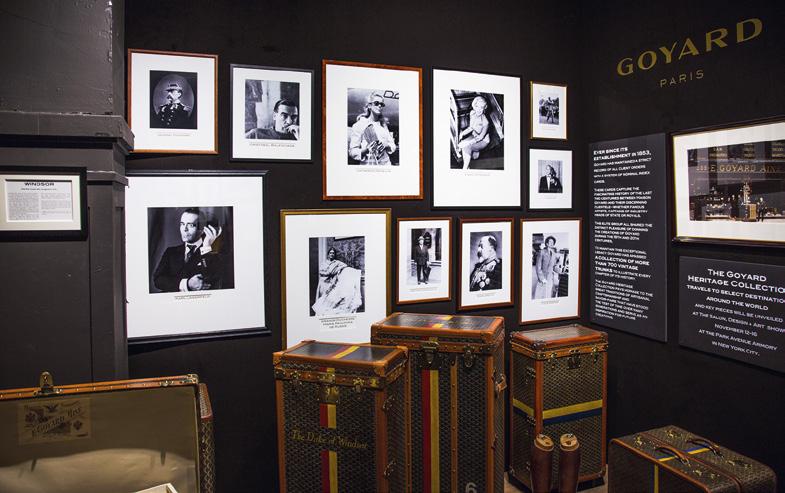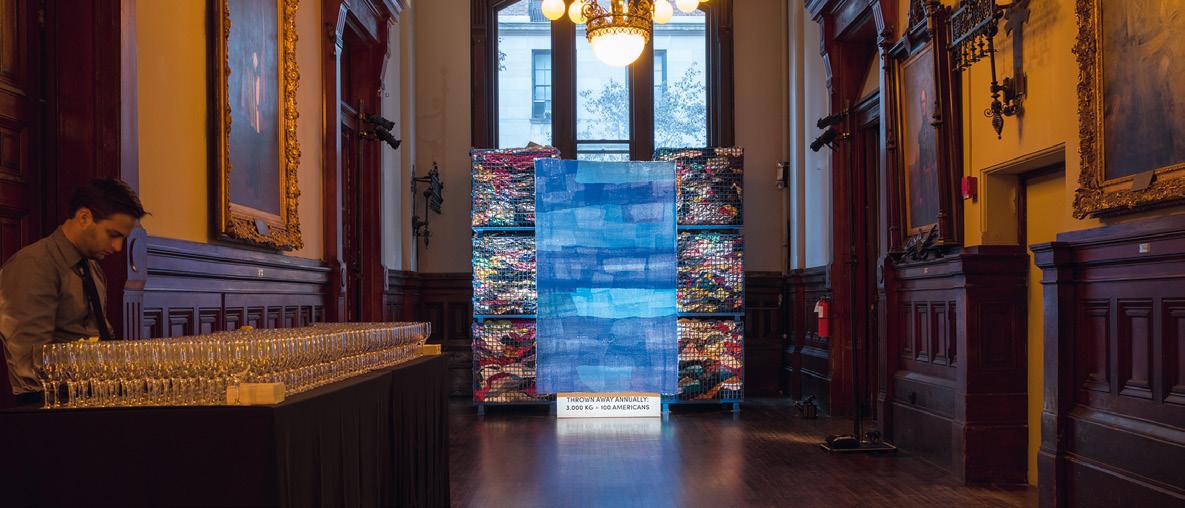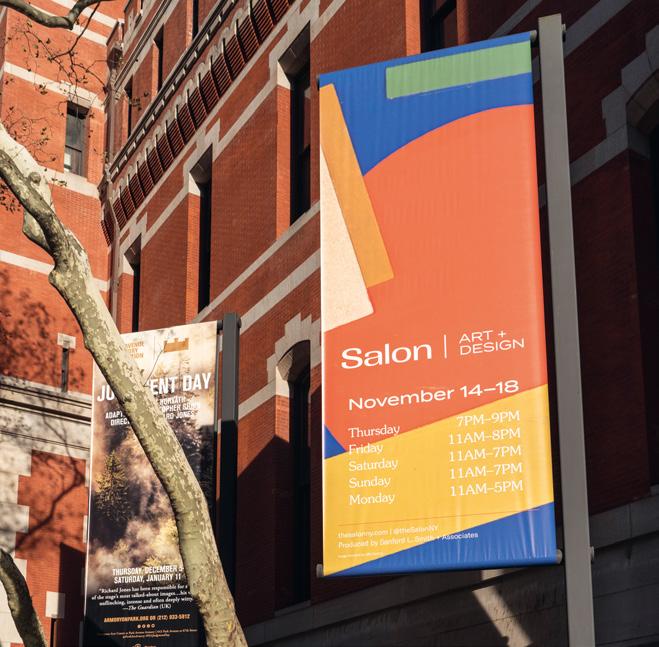
3 minute read
A BRIEF HISTORY OF SALON
In 2012, design was being collected in an understated way compared to important art, while collecting in general had shifted from a vertical to a horizontal activity, crossing geography, history, and styles. It was with this in mind that Salon was created – picking up the baton from the Modernism fair, New York’s original and most opulent design fair. As the fair reaches its first magazine edition, we look at what happened next.
2012
We decided to create the first New York fair that would showcase design as well as art. No one else was doing it – most art fairs discourageddesign and the very few existing design fairs did not accept art. Salonpartnered with the prestigious Syndicat Nationale des Antiquaire tocreate the first US fair to showcase both.

L'Arc en Seine, 2012
2013
For the second and final time, the fair collaborated with the SyndicatNationale des Antiquaire. The mix of participants at the fair included18th-century French furniture dealers and modern picture galleries, withmaterial ranging from ethnographic art to an assortment ofinternational mid-century design.

Adrian Sassoon, 2013
Photos: Peter Baker
2014
Salon decided to expand its offerings and crept further into the 20th century. While collectible design was rapidly becoming its own category, there wasn’t a fair in New York that specialized in it. To that end, we made a decision to become a design fair punctuated by art. It represented a real shift.

David Gill, 2014

Bernard Goldberg, 2015
2015 +2016
These two editions saw a great expansion in the geography of participating galleries. Early exhibitors had come mostly from France, the UK, and America, but 2015 and 2016 included more dealers from Germany, Switzerland, Belgium, and Scandinavia. Salon became known for cutting a wide swath in its offerings.
It was also the first year that our Partners program took off; Goyard, the luxury trunk maker, created an elegant entrance to the fair.

Outside the Armory, 2015

Goyard, 2016
2017
While there was already a decided tilt toward the 20th and 21st centuries, this year Salon also included, for the first time, galleries specializing in classical ancient art – showing the roots of everything that was to come after. By that time, participants from Asia and Spain had joined the fair.

Friedman Benda, 2017

Eileen Fisher Project, Sponsor Exhibition 2017

DeLorenzo, 2017
2018
The momentum for contemporary design was accelerating. As a collecting category, it had come into its own and the latest material was highly sought after. Younger collectors were also entering the market. Salon was accessible to them, showing that not all collectible art and design starts in the six figures.

Galerie Negropontes, 2017
2019
Our last fair’s offerings ranged from Wiener Werkstätte, Arts and Crafts, Deco, Bauhaus, and international mid-century Modern work to late-20th-century French, Italian, and Scandinavian design, culminating in pieces made that year. Collectors and designers could furnish an entire house with objects both functional and decorative, serious and whimsical – and with ever-emerging materiality. As an event, it both assessed and predicted trends in the design marketplace.

Sollands Collectors Lounge, 2019

Outside the Armory, 2019










